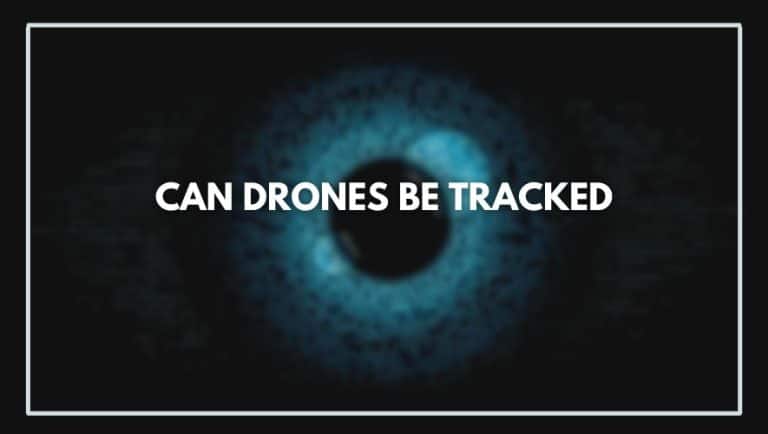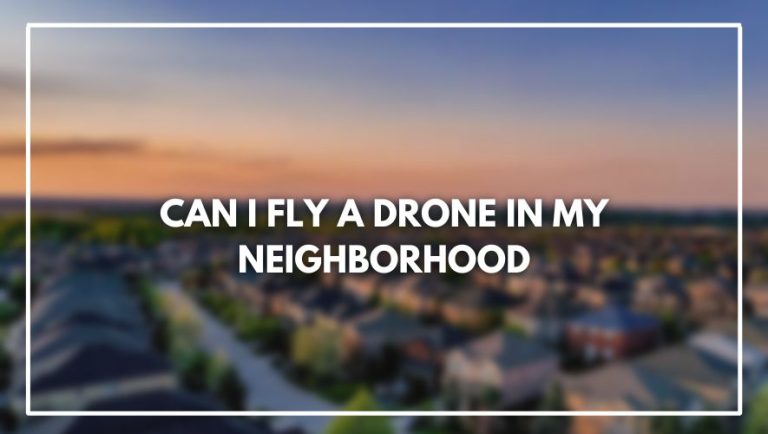Can You Fly Drones In National Parks? Drones have been around for quite a while now, and we’re all familiar with them. Whether you own one or not, you’ve no doubt seen tons of drone footage online, from incredible shots of the Grand Canyon to videos of people crashing into lakes on their way down from the summit of Mount Everest.
Drones are also having an impact on the travel industry in general, as many hotels and resorts are now offering drone packages so that travelers can see what it’s like from above before booking their next vacation spot.
Are Drones Allowed In National Parks?
Yes, you can fly drones in National Parks! However, there are some restrictions that apply to all drone pilots. For example, the maximum altitude a drone may fly at is 400 feet above ground level (AGL).
Additionally, some parks have additional restrictions on where and when you can fly your drone. To ensure that your drone flight does not interfere with visitors to national parks or wildlife habitat within them, please be sure to check out the park’s website for more information about permissible areas for flying drones and other important information.
Where Can You Fly A Drone In A National Park?

There are a few rules to keep in mind when flying your drone in a National Park. For example, you can’t fly over people or buildings; you also need to stay clear of roads and highways. If there’s an emergency response going on, don’t fly your drone near that either.
Additionally, there are some areas where the use of drones is totally prohibited: wildfires, animals (including wild horses) and cultural resources like historic sites or archaeological artifacts.
When Are Drones Not Allowed At National Parks?
- Drones are prohibited in some areas. In Yosemite National Park, for example, drones are not allowed on trails or in backcountry areas.
- Drone use is prohibited at night. In Zion and Arches National Parks, drone flights are only allowed during daylight hours (Zion) and sunrise to sunset (Arches).
- Nighttime flights are banned because they can interfere with nocturnal wildlife and other park visitors who wish to enjoy the natural beauty of these parks after dark.
- Drone use is prohibited over people. The Federal Aviation Administration prohibits flying drones over crowds of people or sporting events due to safety concerns; this includes national parks with large visitor concentrations such as Yellowstone National Park during its summer peak season.
- Drone use is prohibited over certain events like weddings and concerts because it could interfere with people’s enjoyment of these special occasions at national parks like Yosemite Valley Music Festival or Burning Man—and because regulations require that all aircraft be kept away from flight paths used by commercial aircraft entering or leaving nearby airports when possible so as not to create any potential hazards in their path
Can You Fly Your Drone Over People In National Parks?

You can fly over people in a national park, but there are some rules and regulations you have to follow. If you have permission from the person or park, then you can fly safely over them.
However, if you don’t have permission and are caught flying your drone over that person without their consent or without authorization from the park itself, it’s considered illegal by law and could result in legal consequences.
What About The Faa’s Authority Over National Airspace?
- The FAA has a lot of authority over national airspace.
- If you are flying a drone in national park land, it could be grounded by the FAA if they believe that your flight poses a safety hazard or interferes with commercial aircraft.
- This is true even if you have permission from the park service to fly your drone there.
- The FAA can also ground drones that interfere with other people from enjoying their recreation activities at parks, so keep this in mind when planning where and when to fly your drone!
Can You Fly A Drone Over A National Park As An Faa-certified Drone Pilot?
If you want to fly a drone over a national park, you must have an FAA-certified remote pilot certificate with a small UAS rating. You must be at least 16 years old and able to read, write and understand English. Passing both the knowledge test and practical test is required before obtaining your certificate.
Can You Fly Your Drone At Night At National Parks?
If you want to fly your drone at night, the first thing you need to do is get a waiver from the FAA. You can do this by filling out an online application on their website.
If you’ve been granted a waiver and have lights on your drone, then yes! You can definitely fly at night in national parks! But only if you follow these rules:
- Fly below 400 feet (120 meters)
- Stay away from people, animals and property
Flying Your Drone In National Parks Is Usually Allowed But There Are Exceptions

You can fly your drone in national parks. But there are restrictions. Drones are allowed in most areas of national parks and monuments, but there are exceptions.
Drones are not allowed over people, over wilderness areas and over cultural sites. And you should never use drones to harass wildlife or disrupt their natural behavior—this could be dangerous for the animals and other park visitors!
Frequently Asked Question (can You Fly Drones In National Parks)
Why Are Some National Parks Not Allowing Drones?
Fly Drones, Fly!
The National Park Service (NPS) is responsible for managing America’s national parks. Some people might say that the NPS has a pretty easy job—after all, what are they going to do? Put up signs and fences? But surprisingly enough, there’s actually a lot more that goes into their work than that.
The NPS has to keep everything running smoothly at the parks, which includes keeping visitors safe and happy as well as protecting wildlife and fragile environments from harm.
Drones are the most recent challenge facing national park officials; they’ve been on the rise since 2012 when drone technology became more accessible to everyday consumers.
At first many people were excited about drones because they seemed like fun toys you could use anywhere in public (you know—like skateboarding).
However many people soon realized that drones could be used for much more serious tasks too—searching for missing people or animals within dense forests or other areas where visibility was limited due to thick foliage; inspecting buildings after natural disasters like hurricanes; even delivering packages!
This made drones seem less like toys and more like dangerous tools with high potential for misuse by inexperienced operators who didn’t understand how sensitive nature can be if it gets too close…
What Regulations Do You Have To Follow When Flying A Drone In A National Park?
- You cannot fly over people.
- You cannot fly over wildlife.
- You should not disturb wildlife, either by flying too close or otherwise interfering with their natural behavior.
- You should also avoid disturbing other visitors to the park, especially if your drone is making loud noises or flying around people’s heads.
- It’s important to stay within boundaries when flying over a national park—for example, you should never fly into an area that’s off-limits for safety reasons (such as a fire zone).
Can I Take My Drone On A Hike In A National Park?
Unfortunately, you can’t take your drone on a hike in a national park. There are some exceptions, but they are rare.
If you do find yourself with the opportunity to hike with your drone and need to know where it is okay to fly, here are a few things to keep in mind:
- The best time of day is usually early morning or late afternoon when there are fewer people around
- Be sure to check the weather forecasts before you go hiking so that if bad weather rolls in while you’re out there (it happens), your drone won’t get damaged or lost because of it
- Make sure no one is too close when flying—you don’t want anyone getting hurt by an errant propeller blade!
What If You Don’t Have A Section 333 Exemption?
If you don’t have a Section 333 Exemption, then there is no way for you to fly your drone in Yosemite National Park. You can fly your drone outside of the park boundaries in areas that are not designated as national parks.
In addition, if you plan on flying your drone for commercial purposes, there are other restrictions and regulations that apply to drones not covered by Section 333 exemptions.
Are There Alternatives To Flying Your Drone In A National Park?
If you’re thinking of flying your drone in a national park, there are some good alternatives to consider.
- Stay on the ground. You can use your drone as a camera and make beautiful images of landscapes and wildlife by staying on the ground. While this isn’t as fun for some people because it limits how high you can get, it still gives you access to some great views that won’t require any special permission from parks officials.
- Apply for an official permit from the National Park Service or another agency that manages public lands such as state parks or forests (if they allow drones). If approved, this will give you authorization to fly within specific parameters set by park officials—but there will be fees involved!
- Permits typically cost around $200 per year up front plus annual renewal fees after that; however some parks offer free permits if they are available at all times where drones are permitted within their boundaries.”
Conclusion
I hope this article has helped you learn more about flying drones in national parks. I know it was a lot of information to take in, but don’t worry!
If you’re still confused about what’s allowed when it comes to drone flying, just remember that the best way to keep from getting into trouble is by always following the rules set forth by your state and local government.






